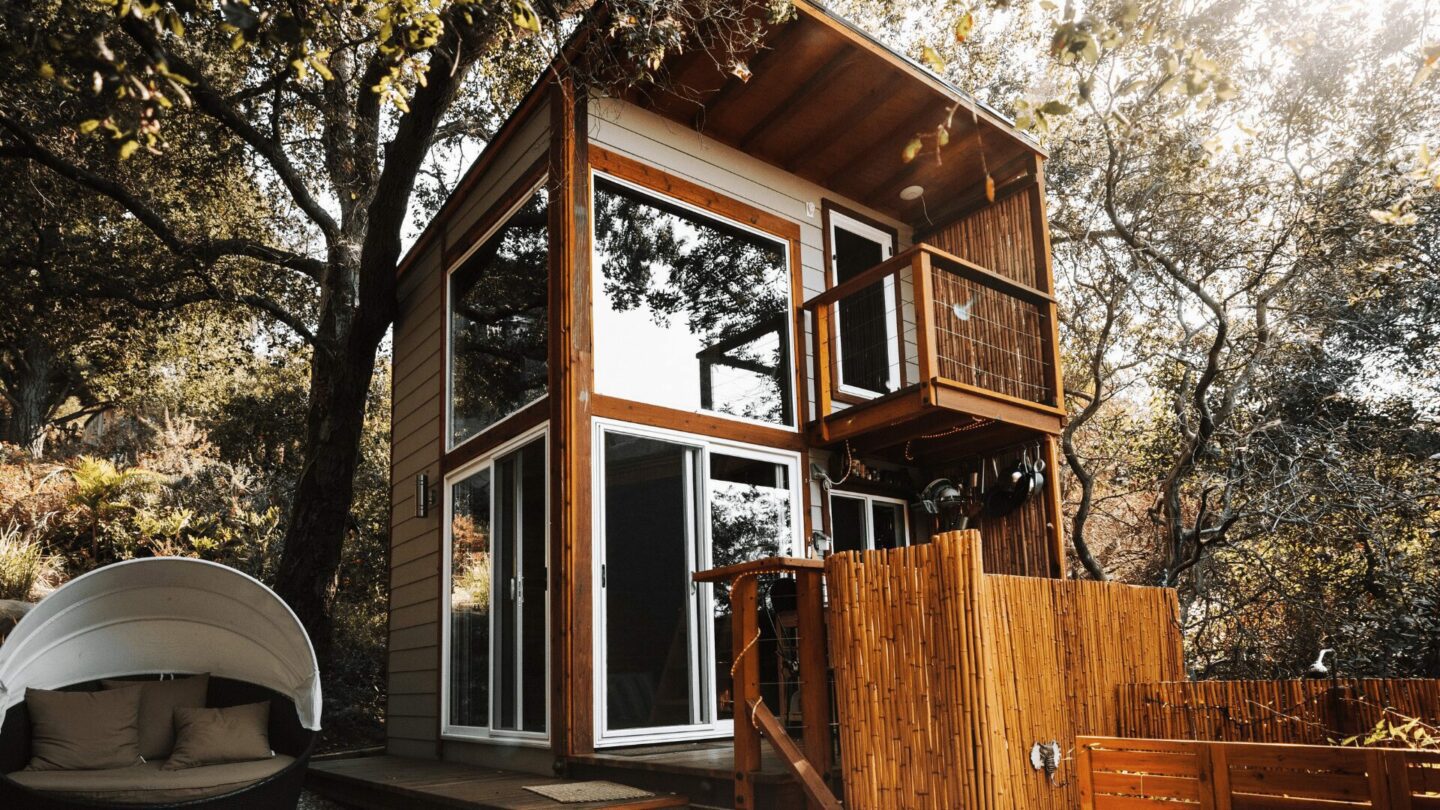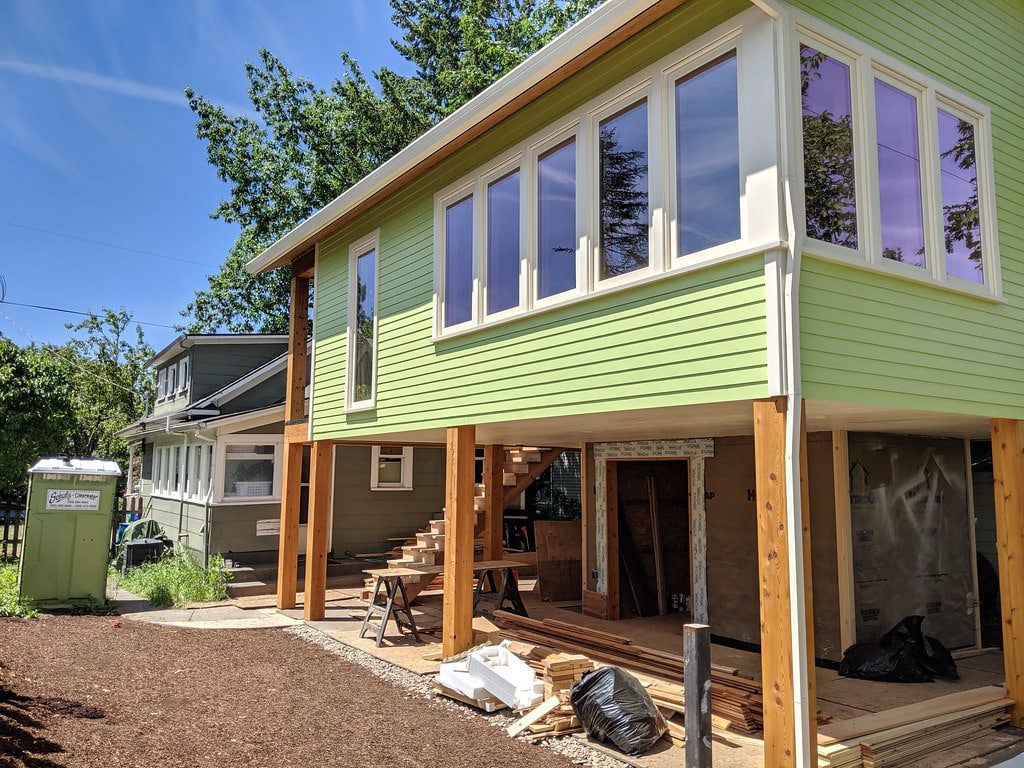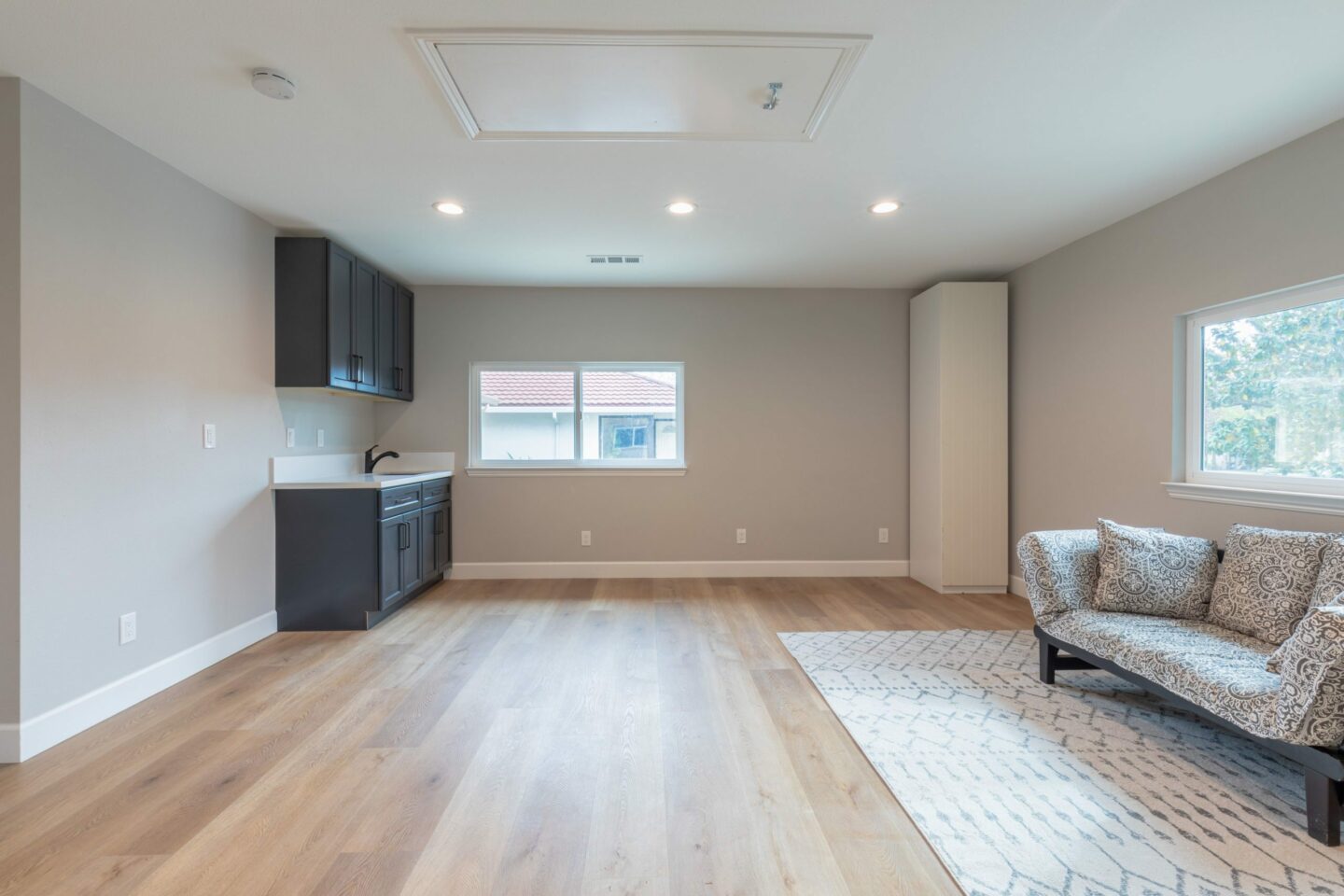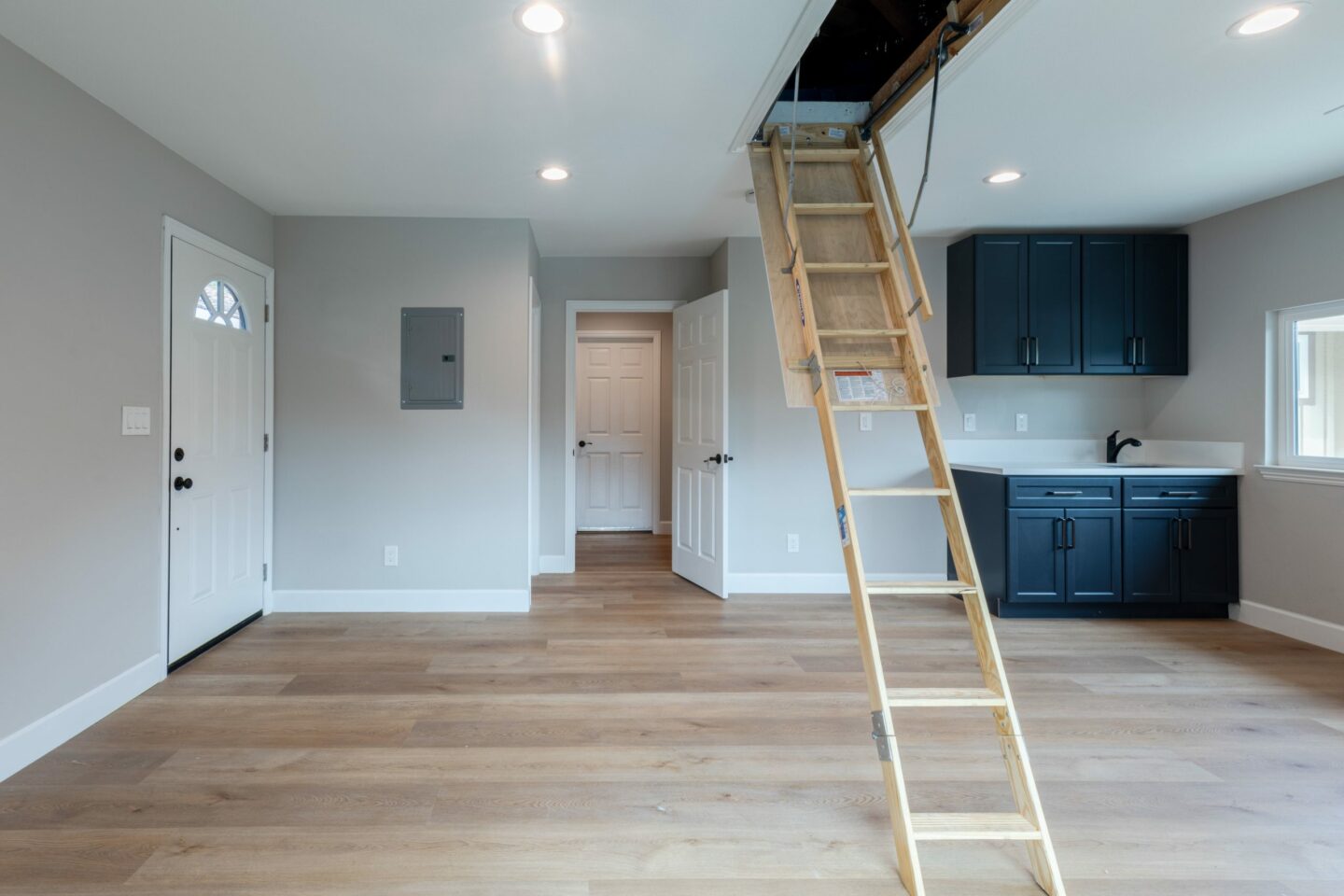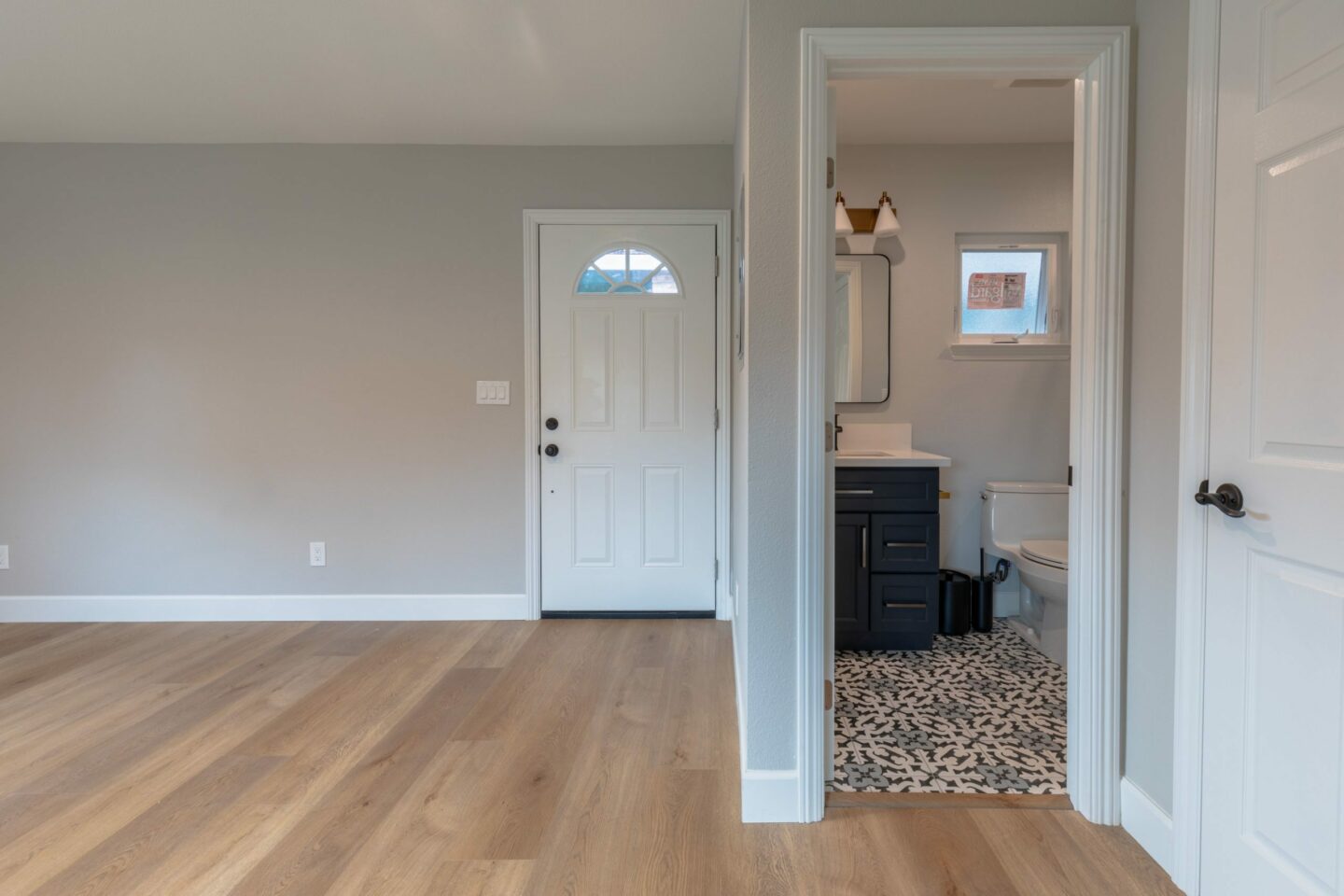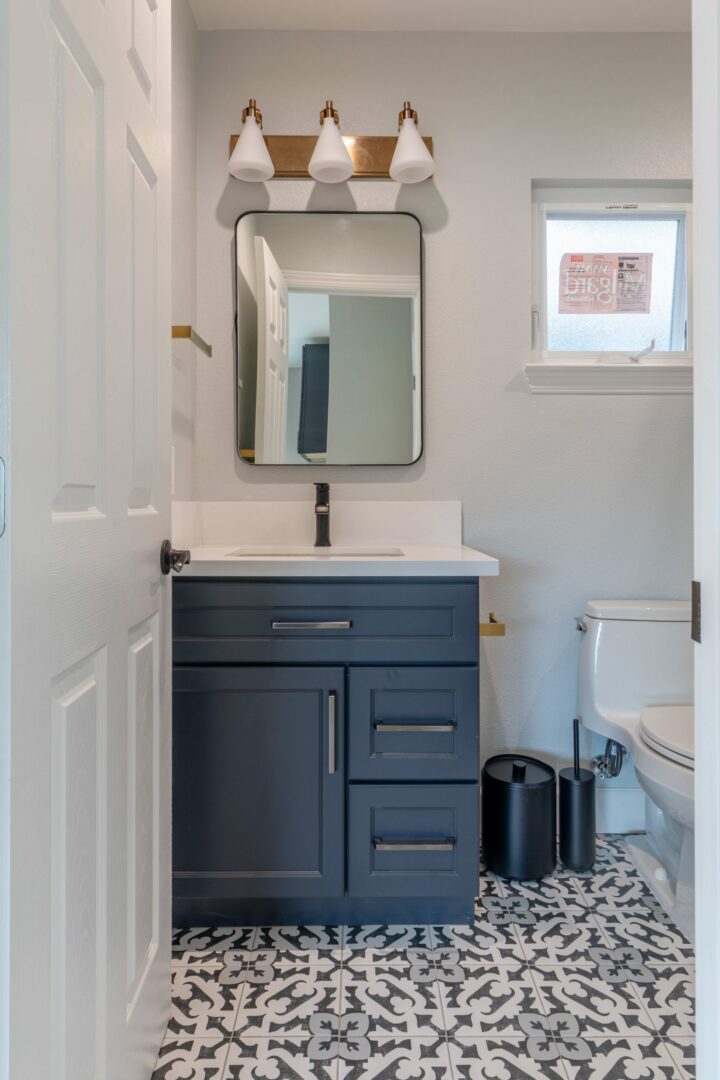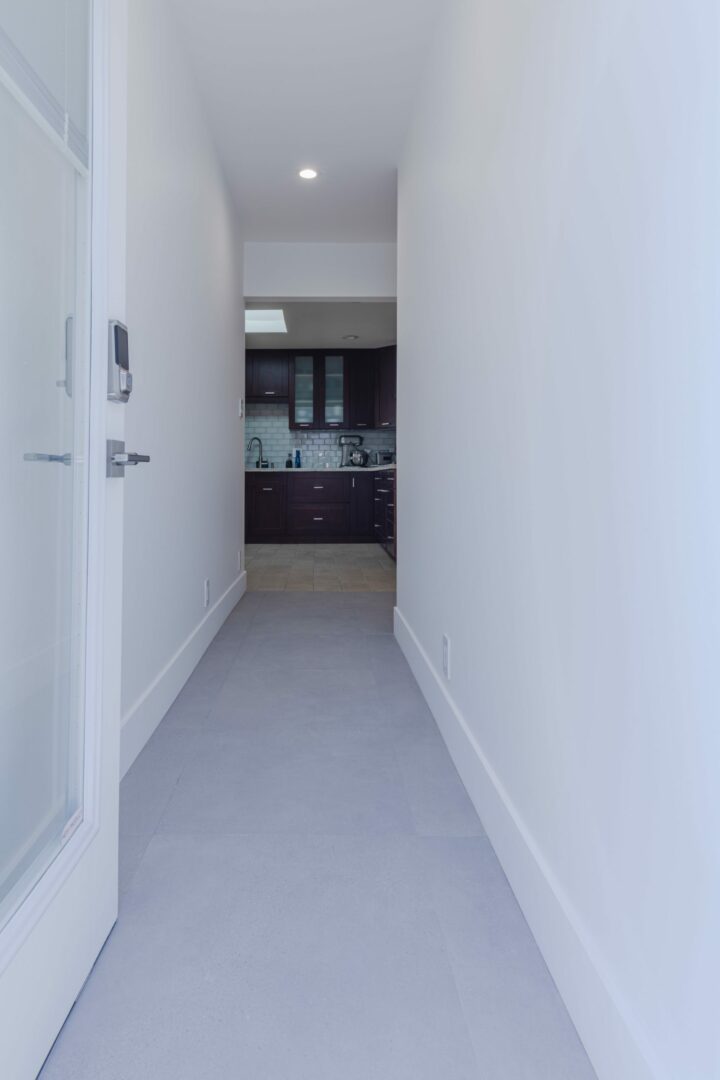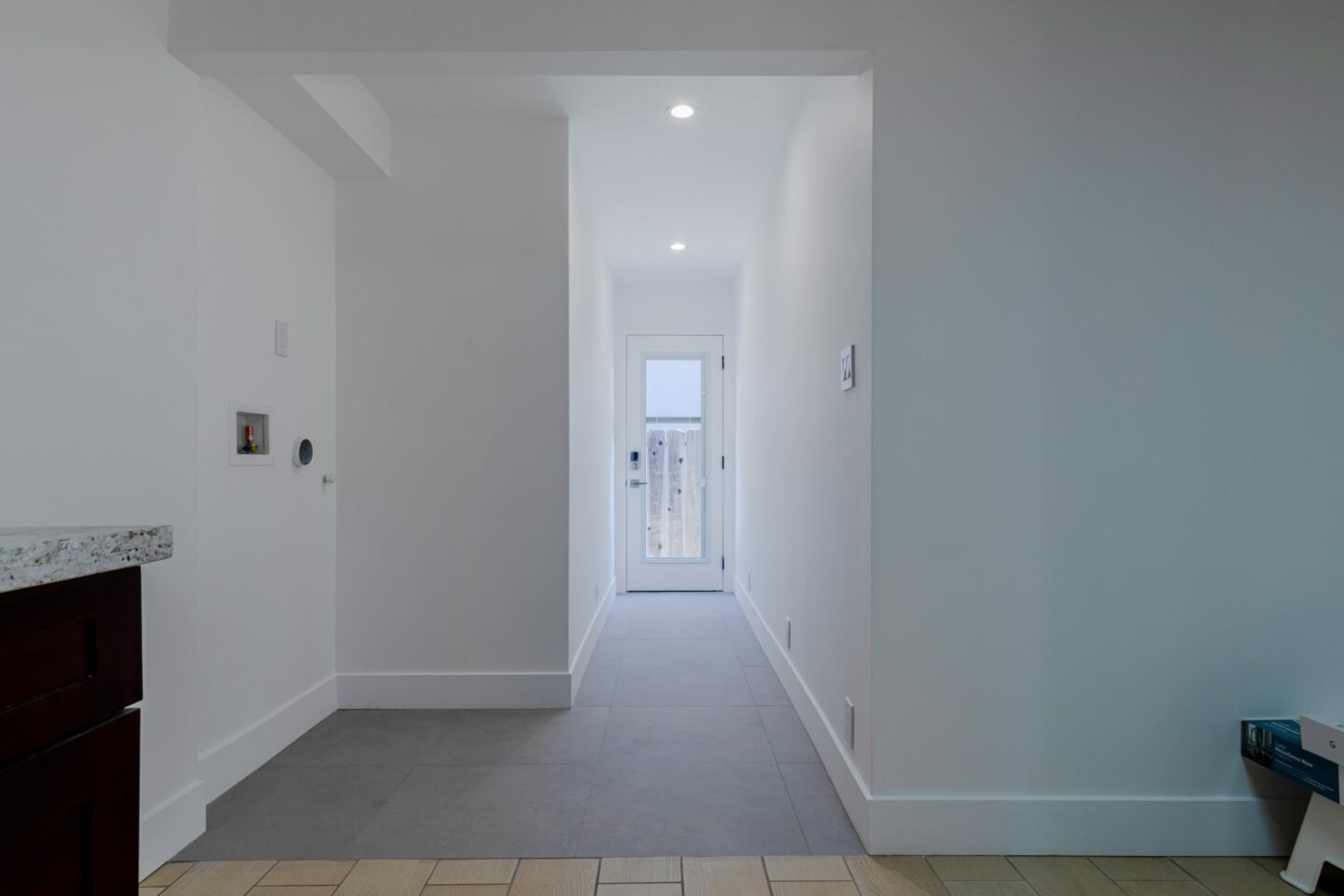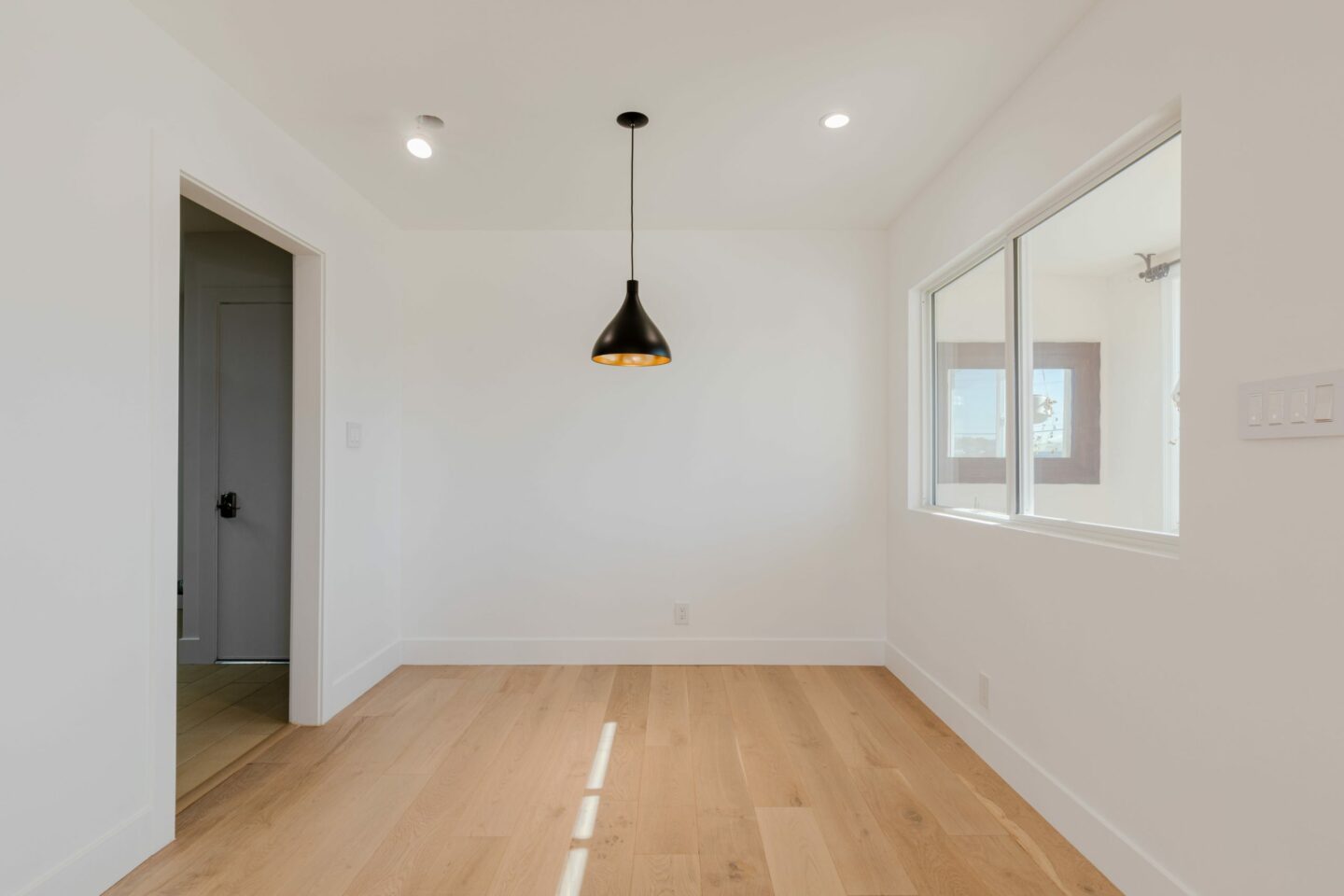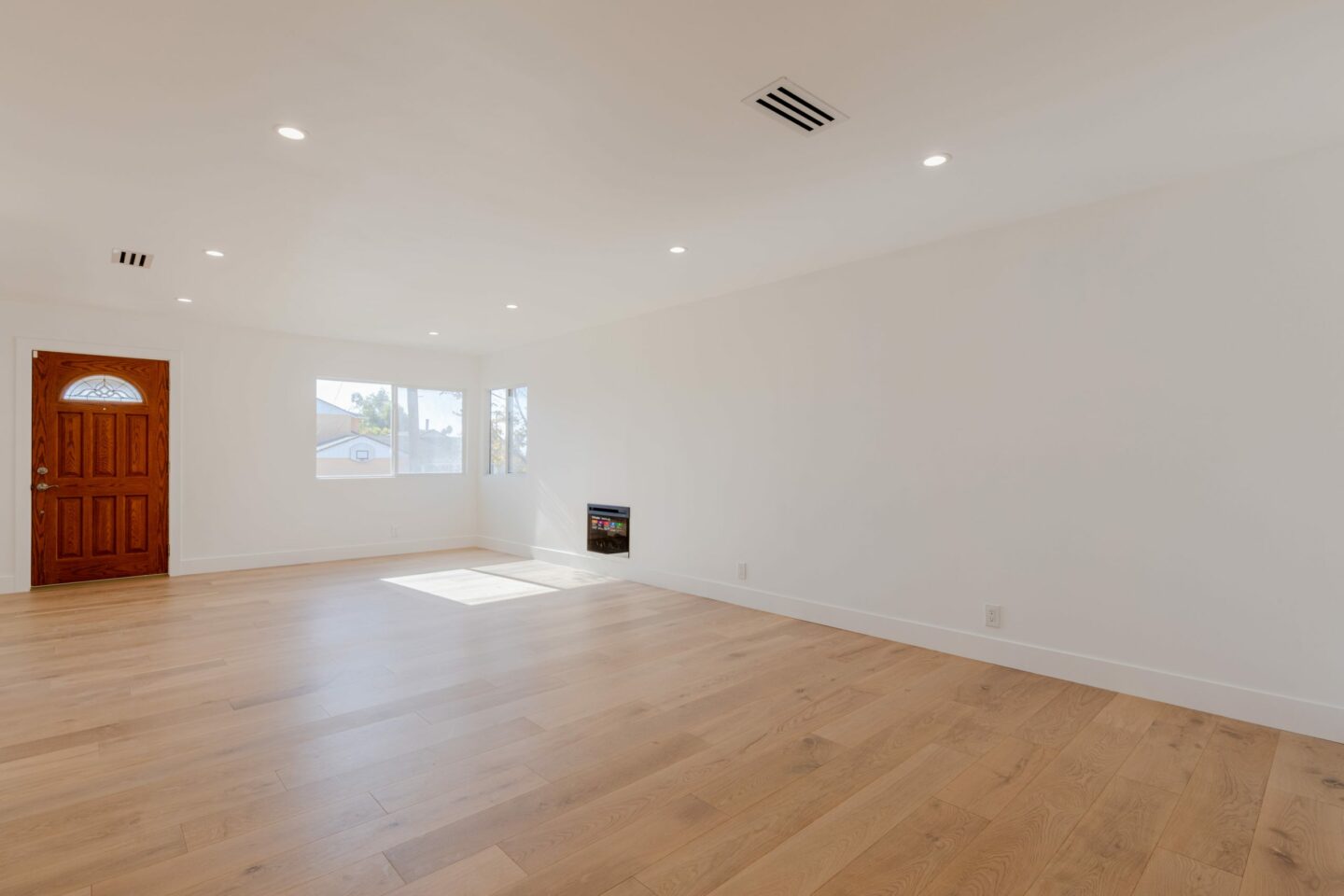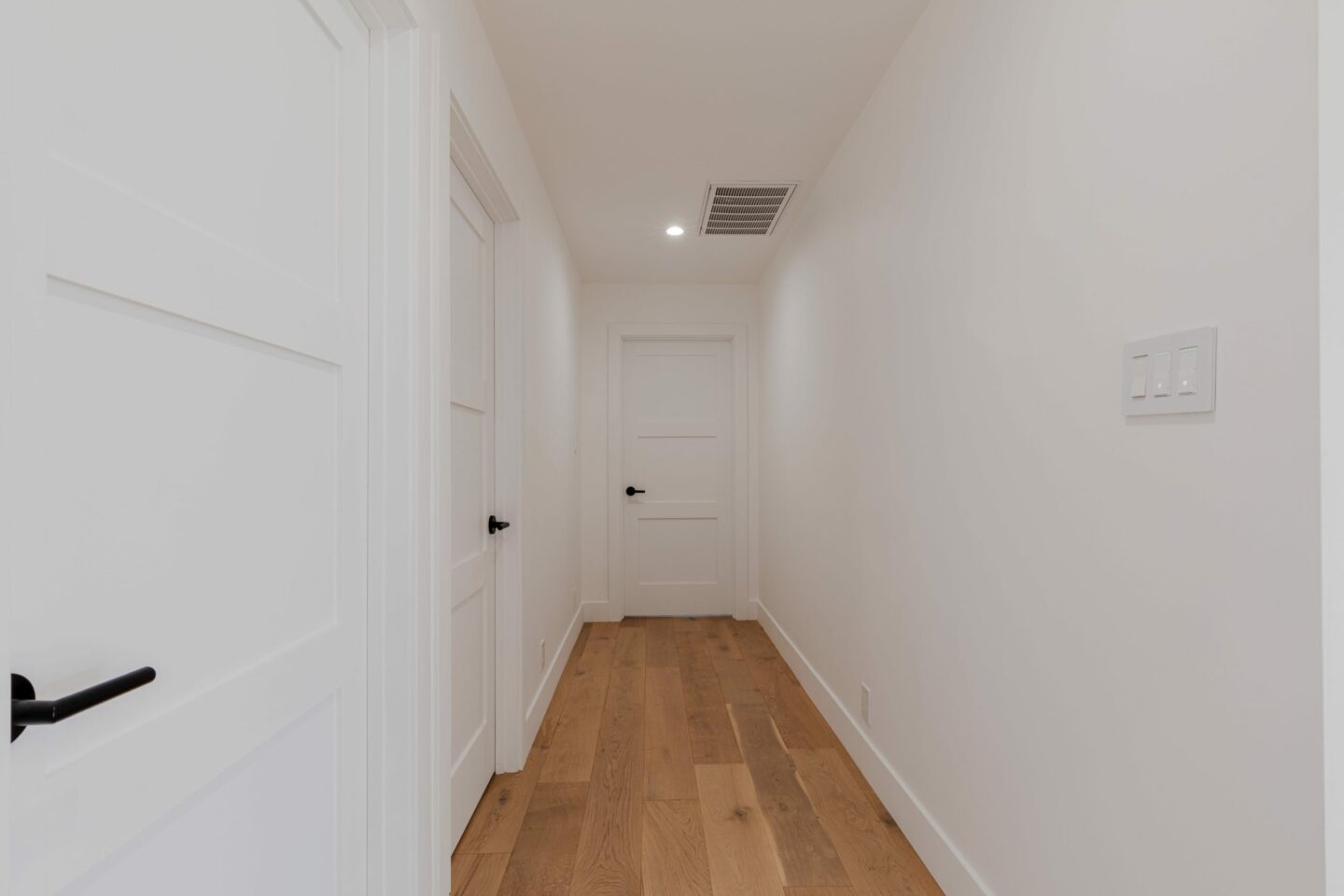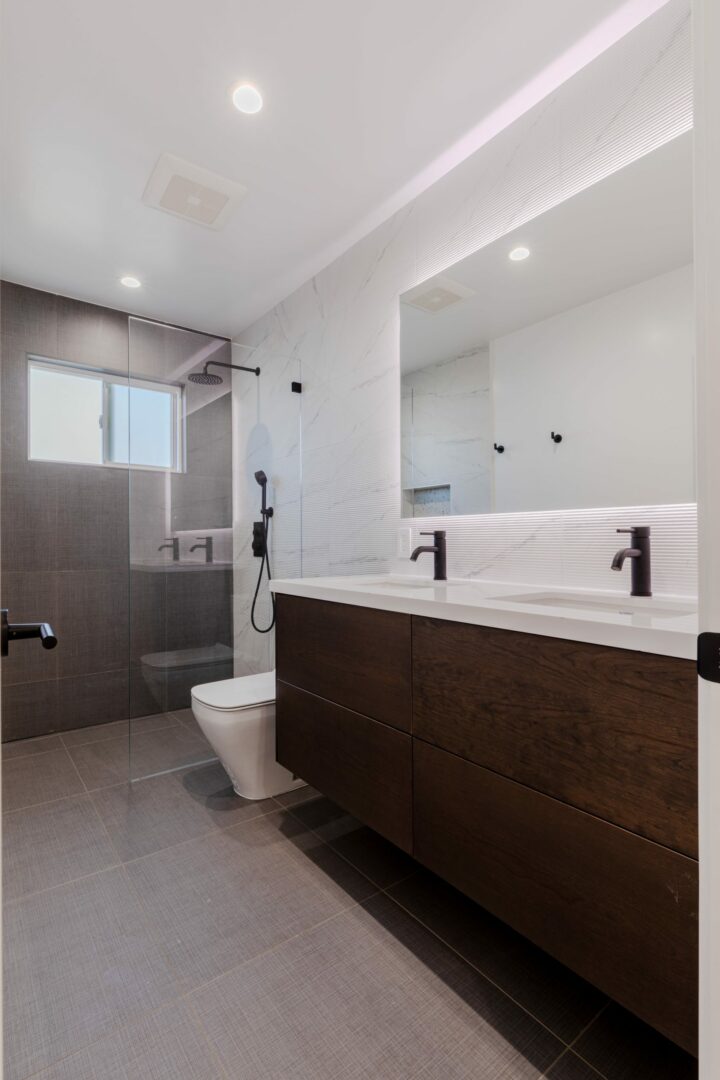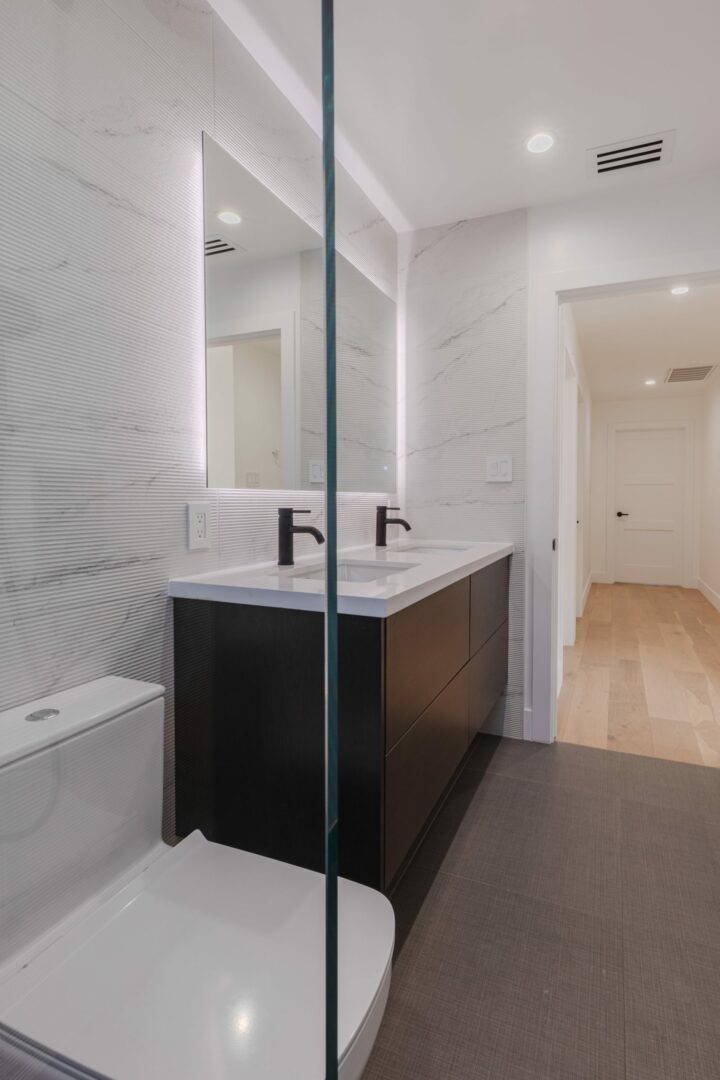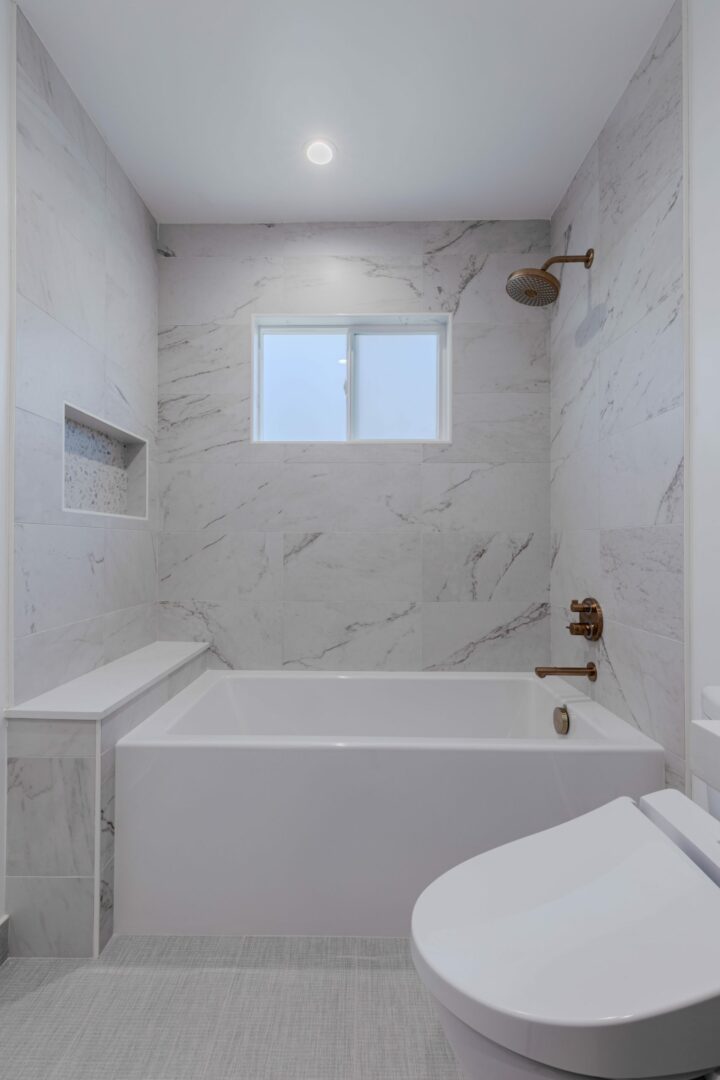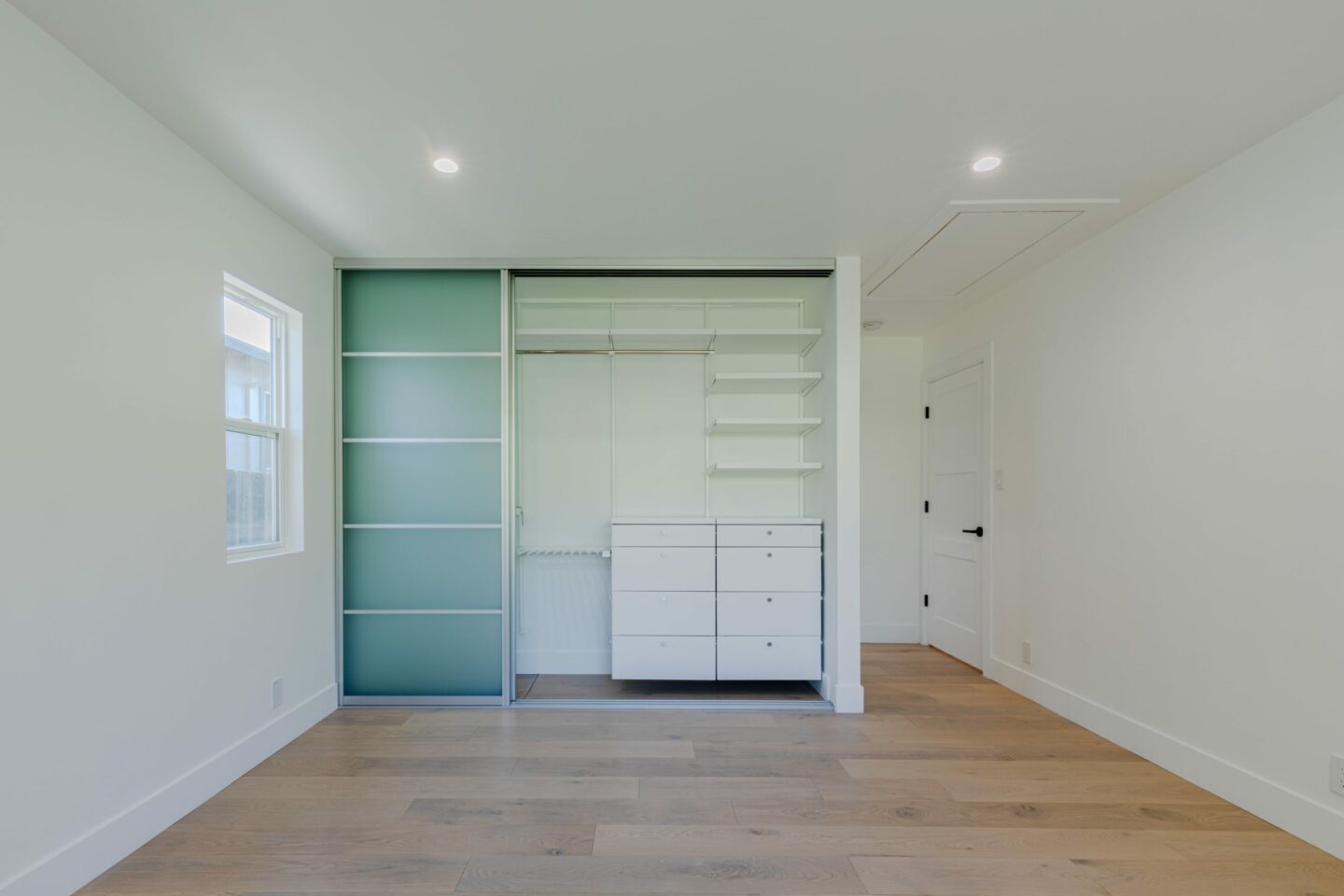Table of Contents
- Introduction to ADUs in California
- What is an ADU?
- Types of ADUs
- Benefits of ADUs
- How to Add an ADU to Your Property
- FAQs
- Resources
- ADU Design Ideas
Introduction to ADUs in California
California has faced a housing problem for decades. The cost of living is substantially higher than the national average, and it’s more expensive to build living structures. However, the state government and major cities are beginning to turn the tide on the crisis by encouraging property owners to create accessory dwelling units or ADUs.
Accessory dwelling units are an affordable, low-impact housing solution that many California residents are considering for their properties. If an ADU is something you are considering, then this guide will teach you everything you need to know about these essential structures in California.
Within this ADU guide, you’ll learn the following:
- The purpose of ADUs and their many benefits for the state of California, the resident, and the owner
- Updated information on recent legislature passed by the state to make it easier to build ADUs
- The many options you have for building an ADU and ADU design ideas
- ADU resources in the state of California and major cities
- Many frequently asked questions regarding ADUs, legislation, requirements, and more
What is an ADU or Accessory Dwelling Unit?
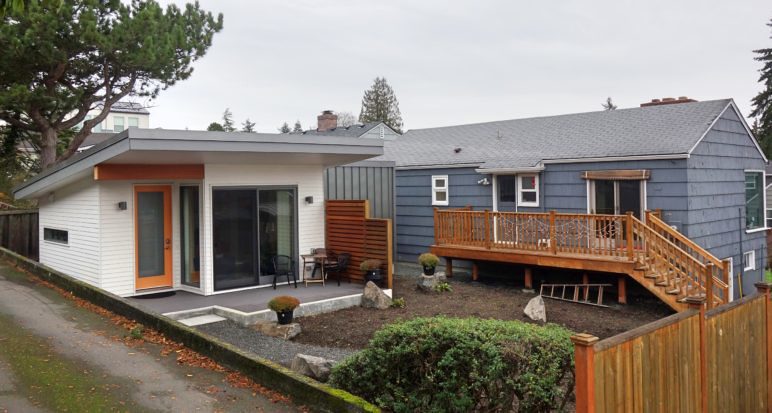
An accessory dwelling unit is a smaller, secondary living structure on the same plot of land as a primary single-family residence. ADUs can be independent structures, attached to the primary structure, or even converted spaces within the primary residence. They typically range from 600 to 1200 square feet while featuring all of the amenities a normal house would have: living space, kitchen, bathroom, bedroom, separate entrance, parking space, etc.
ADUs make exceptional homes for elderly family members, new families, or newly independent individuals. They are exceptionally affordable to build, and their energy efficiency is greater than that of primary structures. The state and major cities are pushing for property owners to develop ADUs because they make for affordable, low-impact, and much-needed housing in California.
Other Names for ADUs
The name “accessory dwelling unit” is the official name of these secondary structures, but they go by many other monikers. You could hear an ADU referred to as any of the following:
- Junior accessory dwelling unit (JADU)
- Accessory suite
- Accessory unit
- Accessory apartment
- Basement apartment
- Secondary unit
- Granny flat
- Granny pod
- In-law unit
- In-law suite
- Backyard cottage
- Garden cottage
- Carriage house
- Tiny house
- Sidekick
- Mother-daughter house
- Multigenerational house
- Next-gen unit
- Laneway house
- Guesthouse
As you can see, there are many designations for this simple yet essential living structure. Regardless of what you call them, ADUs serve a vital purpose for the state of California.
California ADU Legislation Changes
The State of California passed several bills making it easier to build ADUs because it lifted many of the restrictions cities had placed recently. The five bills were passed in 2019 by Governor Gavin Newsom and went into effect on January 1, 2020.
You can find a link to each bill in the Resources section of this guide.
If you don’t wish to read these lengthy bills, then we cooked them down to their essence below:
AB-68 and AB-881: Permits, Size Restrictions, Lot Sizes
The bills AB-68 and AB-881 have the most considerable impact on ADU construction than any others. In general, these two bills prevent cities from restricting where ADUs can be built. As a result of these lifted restrictions, more ADUs can be built, and more housing can be made.
The finer details include the following:
- ADU permits must be approved or denied within 60 days compared to the previous 120 days, allowing ADUs to be built faster.
- The maximum size of a one-bedroom ADU cannot be less than 850 square feet or 1,000 square feet for a multi-bedroom ADU.
- Cities and counties can no longer set a minimum lot size for adding an ADU. The previous restrictions made it difficult for ADUs to be constructed, but this new change makes ADUs accessible to all property owners.
SB-13: Lifting More Restrictions and Lower Fees
This bill has less impact than the previous but still assists in making ADUs more affordable and more accessible to property owners. SB-13 does the following for those looking to build an ADU:
- It removes the impact fee of ADUs less than 750 square feet. It also changes the fee for larger ADUs to correlate with the square footage of the primary structure.
- Now, landlords renting out their properties may apply for an ADU for their rental properties.
- The requirement for applicants to occupy either the primary residence or the proposed ADU has been lifted until January 1, 2025.
AB-670: Preventing Restrictions from Homeowners Associations
Homeowners associations (HOAs) are known for their strict rules on properties. This bill prevents the banning or unreasonable restriction of ADUs within such communities. HOAs are now required to have a way for community residents to build ADUs within the community.
AB-671: Homeowner Incentives
Finally, this bill requires local agencies to develop incentive programs for homeowners building ADUs that are available for low-to-medium-income families. While there are no specifics on the financial incentives, agencies are required to make a plan.
Types of ADUs
Homeowners looking to add an accessory dwelling unit to their home have many options to choose from. There are three types of ADUs: interior, attached, and detached. Each of these ADU types gives you many options in terms of design, features, space, and even requirements.
In addition to these types of secondary dwellings, you may even consider a JADU or junior accessory dwelling unit. A junior accessory dwelling unit is a smaller, more affordable option with its own requirements. This type of dwelling may be best suited for you if you have a smaller budget or you have property space constraints.
To really know which type of accessory dwelling unit is right for you, it’s best you know what each has to offer your home.
Interior ADUs
Interior ADUs are built inside the primary living structure. Depending on the size and amenities, it may be considered a JADU. Nonetheless, ADUs may come from converting an existing room or part of the house. This type of accessory dwelling is a great way to keep costs down.
Converting rooms like a basement, attic, or sunroom into an ADU will drastically save on costs. It also has no additional impact on your existing property. For property owners who are unable to expand onto their home or add a new structure, an interior ADU is a great option.
Junior Accessory Dwelling Unit (JADU)
JADUs are considered interior accessory dwelling units because they are required to be in the primary living structure. Like standard accessory dwellings, junior accessory dwellings have requirements they must meet to be considered as such. The maximum size of a JADU is 500 square feet, so you have minimal space with this option.
Since the purpose of a JADU is to add no additional stress on utilities, they share heating, cooling, gas, electricity, and water. However, these central systems are not the only things they can share with the primary dwelling. They could also share a bathroom since 500 square feet doesn’t give a lot of flexibility. A small kitchen with plug-in appliances may exist, but no permanent appliances may be installed.
Overall, JADUs are great solutions for senior family members. They may be unable to care for themselves, but the interior ADU gives them the essence of independent living. This is the primary reason these dwellings are often referred to as granny flats or in-law units. When that time has come, they make great living structures for your elderly family members.
Attached ADUs
An attached accessory dwelling unit is connected to the primary structure. Attached ADUs can take several shapes, such as converting an attached garage, building above the garage, or home addition. If you do choose an attached ADU, have in mind the requirements for such a build.
Your attached ADU cannot exceed more than half of your primary structure’s existing square footage. This means if your home is 1500 square feet, the ADU cannot be more than 750 square feet. When planning your accessory dwelling and choosing which is best for your home, you must speak to your contractor regarding state and local regulations.
Detached ADUs
Detached ADUs are not attached to the primary structure. They are usually built from the ground up, or an existing detached structure is converted (e.g., a garage, shed, barn, etc.). Converting a garage or another detached structure would significantly lower costs as the foundation is already set to build upon.
When it comes to flexibility, detached ADUs are king. Their maximum size is 1200 square feet, which is a step up from what interior and attached options provide. The most significant downside to detached ADUs is they are more expensive, especially new construction ADUs.
Benefits of ADUs
Building an accessory dwelling on your property can have drastic benefits for you, your extended family, and the state’s greater good. As we’ve mentioned already, California is greatly pushing for the construction of ADUs across the entire state as the housing crisis continues. When you contribute to this mission, an ADU can benefit you in five ways:
- Family and guest housing
- Increase property value
- Source for passive income
- Sustainable housing
- Incentives from the City/State
Let’s take a closer look at each of these benefits to understand better.
Family and Guest Housing
ADUs feature their own living space, appliances, and a number of amenities perfect for an elderly family member, family visiting from out of town, or guests of any kind. Instead of having them stay in a hotel or staying in your own home, an ADU is a perfect place for them to stay during their vacation. Your family or friends will want some private time while vacationing. While staying in your home, they aren’t able to get that. With an ADU, privacy is guaranteed, along with some other luxurious features they couldn’t get for free.
Increased Property Value
Any time you add or improve your property, the value will increase. Building an accessory dwelling unit is no different. Many potential buyers are willing to spend more money for an ADU on the property. It’s hard to tell how much an ADU will increase your property value as there isn’t enough data yet. Nonetheless, we can assure you it will increase, and people are willing to pay up.
Source for Passive Income
Passive income is a goal for many homeowners, and ADUs make it obtainable for most. If your ADU features all the necessary spaces and appliances to house one or multiple people, it’s perfect for earning some passive income. You can choose to rent the ADU out starting with a 12-month lease or become a host for Airbnb to travelers. It benefits not only you but the person needing adequate, affordable housing in a state where the cost of living is exceptionally high.
Sustainable Housing
Accessory dwelling units produce fewer emissions than a typical house because they are significantly smaller. Your ADU will use less energy, reducing greenhouse gas emissions. The structure is also built with fewer building materials, lowering the amount of waste and resources needed. As we begin to push ever so closer to green housing, ADUs are becoming a clear option for many future homeowners, especially when the cost of housing is so high. By building an ADU, you’ll join the efforts to reduce the greenhouse effect and preserve the environment.
Incentives From the City/State
California legislation requires cities to make an effort to incentivize homeowners to legalize their ADUs or build ADUs. These incentives vary from city to city but may include waiving application fees, lifting some build restrictions, grants or loans, and more. To learn more about the ADU incentive program in your city, visit their website for details.
How to Build an ADU on Your Property
Now that you’re on board for adding an ADU to your property, it’s time to learn how to get one built. There are three ways you can achieve your goal: do it yourself, hire a contractor, or purchase a prefabricated ADU. Each of these options has its advantages and disadvantages over the other. We’ve detailed each method below to give you more information about what each has in store.
Do it Yourself (DIY)
While it is possible to DIY an accessory dwelling unit, we do not recommend it. Building an ADU takes a greater understanding of construction, remodeling, and state and local regulations. While you may be able to convert an existing room or structure to an ADU, the process will be long and likely more expensive. Your ADU must meet building regulations, obtain permits, and pass inspections. Without a deep knowledge of these codes and regulations, you can expect delays or setbacks. For these reasons, we recommend you pursue one of the following methods of adding an ADU to your home.
Hire a Contractor
Hiring a contractor to build your ADU is the best option. This method allows you to meet all the requirements for a legal ADU while also meeting your vision. An ADU contractor has an understanding of local and state regulations. Cities such as Los Angeles, San Francisco, San Diego, Sacramento, and San Jose have their own ADU requirements. Your contractor will use the parameters set in your municipality to build the ADU you’ve asked for. Above all, contractors take all the stress off your shoulders by applying for permits, ordering materials, and handling necessary labor. All you do is give them the vision and budget you have. From there, they’ll build you the ADU of your dreams.
Purchase a Prefabricated ADU
A prefabricated, or prefab, ADU is a unit that has been built off-site and is installed once completed. There are many prefab ADU manufacturers across the United States. They typically have a selection of floorplans to choose from, while others work with you to build a custom dwelling. If you want an interior or attached ADU, the prefabricated method is not possible.
Many choose prefabricated ADUs because they are less disruptive to the property. You don’t have to worry about the noise or mess when built off-site. You may even pay less for a prefab than a custom ADU in some cases. Of course, that is not always the case. We recommend you consult the prefab ADU manufacturer before moving forward with the project. That way, you know your options and if your property allows for a prefabricated ADU to be installed as some are not suitable.
Frequently Asked Questions
Am I able to add a second dwelling to my property?
Yes! Recent legislation has lifted restrictions on the types of lots that can add ADUs to properties. Each municipality will have different regulations and zoning laws to abide by, but they cannot restrict your property. Always consult your local laws and an experienced contractor for more details.
Can I build an ADU on my own, or is a contractor required?
A contractor is not required to build an ADU. You are welcome to build your own ADU. As we’ve mentioned already, DIY accessory dwelling units can be lengthy, stressful, and cost more than what a contractor could do it for. We recommend you consult with a contractor for your ADU project.
Can I build an ADU on my lot if I live in a Homeowners Association (HOA) community?
Yes. HOAs are not allowed to restrict the building of ADUs or their use. Your HOA will have regulations you must follow, but laws prevent unreasonable restrictions. Speak to your HOA about the regulations for your area.
How long does it take to get an ADU permit approved or denied?
Your ADU permit will be approved or denied within 60 days in accordance with recently passed bills AB-68 and AB-881.
Can I expand upon my existing ADU?
Yes! However, your expanded ADU will have certain restrictions, as all ADUs do.
Can I build two ADUs on the same lot?
It depends on where you live. California allows for the construction of up to two accessory dwellings, but your municipality may restrict it to one. As for JADUs, your property is limited to one per California law.
How much does it cost to construct an ADU?
The cost to construct an ADU will drastically vary. Many factors impact the cost of building an ADU: location, size, materials, and contractor. It’s best to receive a free estimate or quote from multiple local contractors or prefab manufacturers to approximate the cost of your ADU.
How much value does an ADU add to my property?
A 2012 study by The Appraisal Journal found that ADUs increase the average value of a home by 51%. Take this data with a grain of salt, as each home and ADU will vary drastically. We don’t have a lot of data on this subject, so more research must be done. Regardless, you can certainly expect an increase in your home’s value after building an ADU.
Will adding an ADU to my property increase my property taxes?
Yes. Any time you increase the value of your home, your property taxes will also increase. Although, the ADU’s value is assessed separately. Usually, 1% of the ADU’s value is added to your tax bill, increasing no more than 2% a year per Proposition 13.
ADU Resources
If you’d like to learn more about ADUs, regulations, and legislation, check out the resources we’ve provided below. Your local contractor and prefab manufacturers are also great resources to consult.
- California Department of Housing and Community Development
- California ADU Grant Program
- AB-881 Accessory dwelling units
- AB-68 Land use: accessory dwelling units
- SB-13 Accessory dwelling units
- AB-670 Common interest developments: accessory dwelling units
- AB-671 Accessory dwelling units: incentives
- Frequently Asked Questions: Junior Accessory Dwelling Units
ADU Design Ideas

